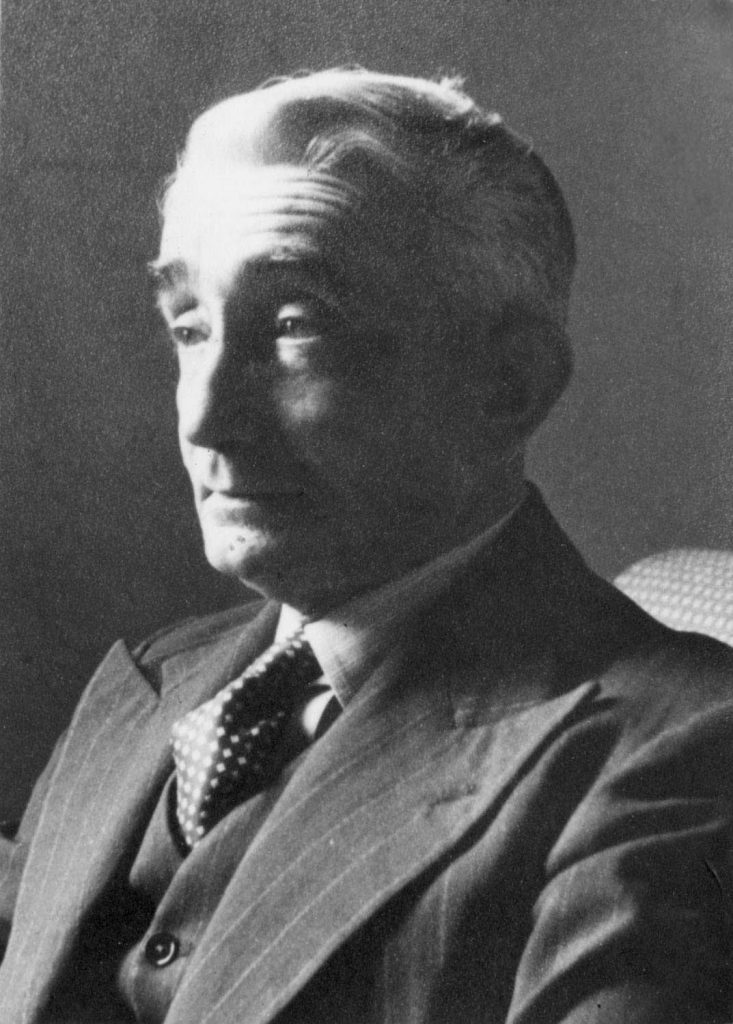– 150 years of history at The Royal Children’s Hospital –
A concise and chronological record of the rich and diverse 150-year history of The Royal Children’s Hospital (RCH).
Please feel free to scroll through all 150 years or easily filter information via categories or tags.
The historical images have been sourced from the RCH Archives and Collections, unless stated otherwise.
Images have been chosen to illustrate the subject matter and may not necessarily reflect the date of the event.
The RCH has produced such an immense amount of groundbreaking achievements and we cannot assume to have captured them all here.
Do you think an achievement, person, or event is missing? Please send your suggestion to: archives@rch.org.au. We hope you enjoy exploring!
Showing Events Tagged with: 1910-1919
1913

First Splint Technician Hired
The splint workshop became a crucial service for the hospital, as well as an avenue of training and employment for prior patients.

Pathological Laboratory Block Opened
The laboratory was a key element of the hospital’s diagnostic and research toolkit.

The Edward Wilson Pavilion
Built in place of the old Redmond Barry house on Rathdowne Street, the Edward Wilson Pavilion housed 40 surgical and 20 medical beds, as well as two operating theatres.
1914

First Full-time Pathologist Appointed
Dr Reginald Webster was the first full-time pathologist at any Melbourne hospital. He stayed in the role until 1947.
Beginning of the First World War
July 28th, 1914

Male Doctors Join the Army
As a result, a more diverse representation of doctors were able to find employment at the Children’s. Women such as Dr Vera Scantlebury, Dr Ellice Davies, Dr Annie Bennett, Dr Bertha Donaldson, and Dr Annie Windmill joined the hospital as residents.
1915
Cerebro-spinal Meningitis Epidemic
1918
Influenza Pandemic
1918-1920
By 1919 the 'Spanish Flu' hit peak case numbers in Australia and tens of thousands of lives were lost.

Increase in Physiotherapy Treatments
A polio epidemic in Victoria saw a need for the hospital to hire more physiotherapists, further solidifying the role of physiotherapy as a key aspect for after-care of patients.

Change in Working Conditions
After protests, the regular working week for nurses was reduced to 56 hours a week.
Image credit: PROV, VA 1239 The Royal Children's Hospital, VPRS 16800/P1 Rose Vaughan's Note Book, Unit 1 Rose Vaughan's Note Book November 1886 and October 1905. Digitised copy.
End of the First World War
November 11th, 1918
Returned Servicemen Are Given Preference for Employment
Nearly every new resident employed was a former soldier and women who had held doctor and surgeon positions during the war were put at a disadvantage.
1919

Dr John ‘Jock’ Whyte Grieve
Grieve became chief resident doctor in 1919 and worked at the hospital until his death in 1948. He was much loved for his gentle demeanour in dealing with patients.









